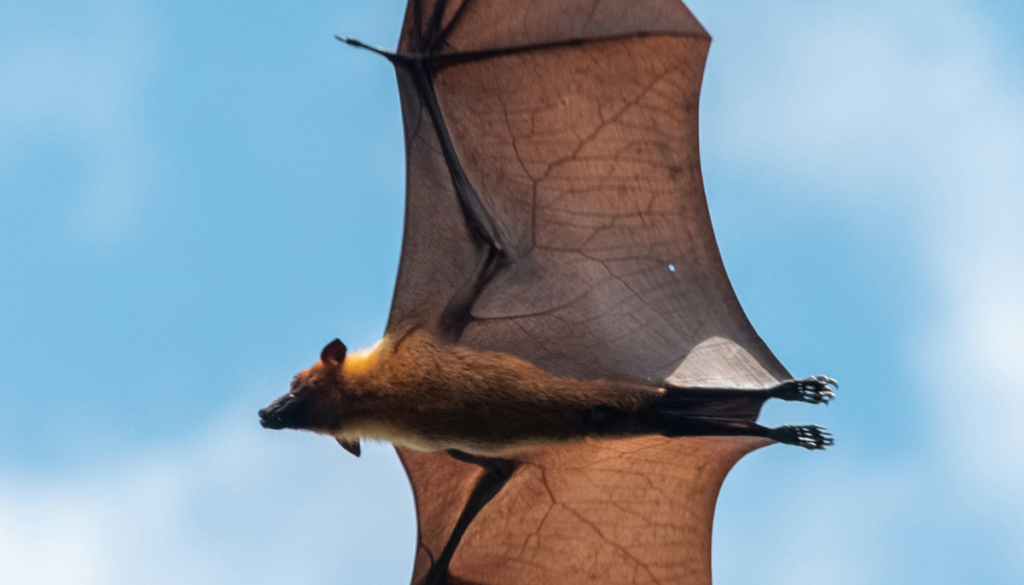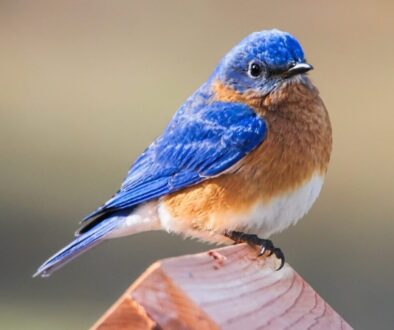Bat in the Belfry
Photo by Isah

This paper was written with the sole intention of informing consumers about the products they may currently be buying. Hopefully with enough demand from consumers industries will supply safer and more sustainable products.
Bats have been getting publicity recently, due to the lethal white nose disease that is killing them in the United States in large naumbers. However bat conservation has been on the minds of quite a few concerned citizens for decades. These people are familiar with the plight of bats. They are losing habitat to roost and 16% of all bat species are now classified as threatened (S. Pschonny et al 2021). In some areas (like Bavaria, Gemany) 48% of the bat species are endangered (S. Pschonny et al 2021). This is concerning because bats pollinate plants, disperse seeds, and eat moths and mosquitos (G. Martin Bideguren 2018). In fact insectivorous bats have been recording consuming between 25%-100% of their body mass in insects every night (J. Burger 2021).
Some people have decided that they want to help the bats. Bat boxes help in conservation efforts making it easier to collect data (S. Pschonny et al 2021). Therefore some people have erected bat boxes to give them places to roost. Unfortunately this conservation strategy is not as simple and straightforward as it appears. Many companies are taking advantage of the public’s ignorance and are selling boxes that either ineffective or create a death trap for the bats. Therefore the key to helping bats is to be an educated consumer.
🍚The Composition and Color of Bat Boxes Affect Success Rate 🪵
First the material composition of the bat box is a large factor its success. Wood-cement and light colored wood alone are best for high bat occupancy rates (G. Martin Bideguren 2018). These materials do not experience overheating events and they are in general 6 degrees cooler than their counterparts (G. Martin Bideguren 2018). Another material that is effective is rice cement. It is a recycled material that is a mixture of rice and other vegetable matter (G. Martin Bideguren 2018) Rice cement increases insulation from temperature, rain and wind (G. Martin Bideguren 2018).
The color of the bat box should be taken into consideration. Bats are the most likely to use bat boxes when they are in vulnerable life stages such as pregnancy, lactation and pup development (F. Tillman et al 2021). During these life stages both pups and adults are more vulnerable to the elements. Never buy a black bat box for it will likely overheat which and could cause the death of all the occupants. In some life cycle stages white is not a good color either. As a result alternative colors like grey and brown tend to work the best in all stages of life (F. Tillman et al 2021).
🦇Many Factors Influence The Success Of Bat Boxes 🦇
A few other factors contribute to the success of the bat boxes. One other factor that contributes to high occupancy rates is age of the box. Older bat boxes tend to attract more bats, than newer ones (S. Pschonny et al 2021). Additionally, proximity to other bat boxes makes a difference as well, meaning boxes that are close to other bat boxes tend to attract more bats. However, the most important element to consider is whether your area has bats that actually use bat boxes. Do your research and find out the types of bats live in your area. It might be better, for some types of bats to just leave a hollowed out tree in your yard.
Overall bat boxes are not an ideal solution. There is a general agreement among the experts that bat boxes cannot fully compensate for loss of natural cavities (S. Pschonny et al 2021). Bats prefer to roost in natural cavities. Natural tree cavities can form through several environmental processes, including: fungal decay, insect damage and excavating species. That is to say instead of removing trees with these characteristics on your property, leave them (S. Gignoux-Wolfsohn et al 2020).



